"The Swan" (aka "The Dying Swan") is a famous short ballet choreographed by Mikhail Fokine to the music of Saint-Saens in 1905 for the great Anna Pavlova. Anna was inspired to ask Fokine to create this piece by Alfred, Lord Tennyson's poem "The Dying Swan" and from swans seen in public parks.
"The Swan" was premiered in St Petersburg on the 22nd December 1905 at the Nobleman's Hall at a charity gala performance to raise money for widows and orphans. It later premiered at the Imperial Mariinsky Theatre in 1907.
Anna Pavlova later went onto perform "The Swan" many times across the world on her global tours and the piece became her signature ballet; when one thinks of Anna Pavlova, the first thing that comes to mind is the image of the Swan.
The concept of the piece is that the Swan has been wounded and is painfully fighting against death, but in the end, she loses her battle and dies.
Ironically, Anna’s life tragically mirrored that of the Dying Swan.
I remember the first time I encountered ballet. I was probably twelve years old, and the television signal was grainy and so was the film. But there was something beyond the tinny music and the jerky action of the dancer. I was alone in front of the television set, and it was dark, and I had no idea this was ballet. I only knew there was something happening on the screen which made my heart beat faster - a purity, a magic, a sorrowful truth, and an imperceptible generosity. It was Anna Pavlova dancing The Dying Swan. It was a dance which which she made her very own and immortalized for all time.
Recently I read a wonderful illustrated book on Anna’s life called “Swan. The Life & Dance of Anna Pavlova” by Laurel Snyder and Julie Morstad. In its elegant illustrations and its evocative telling of Anna’s story, it is a minimalist masterpiece.
This week, I give to you, excerpts from Anna’s story and a few of the beautiful illustrations from the book. Enjoy!
Anna Pavlova was born in 1881 to a struggling laundress. It was a hard life, and Russia under the czars was generally a world where the poor stayed poor. Anna’s life should have been dismal.
But one night Anna’s mother told her, “You are going to enter fairyland,” as the two climbed into their sleigh and sped off to the Mariinsky Theatre. There, Anna heard Tchaikovsky’s music for the first time. She watched the dancers step out onto the stage, and her life was changed forever. Anna knew what she wanted to do with her life.
“In order to become a dancer,” her mother warned her, “you will have to leave your mother and become a pupil of the ballet school. My little Nura would not like to forsake her mama, would she?” In Russia in those days, ballerinas were trained at boarding schools, and Anna had never been away from her mother.
But Anna’s hunger to dance was fierce, so when she was eight, she auditioned for the Imperial Ballet School. She was turned away because she was still too young. She had to wait patiently for another two years.
When she was accepted at age ten, Anna discovered that while she was graceful and had a natural gift for dance, her body was far from ideal for ballet. Dancers of that time were sturdy and acrobatic. Anna was thin and frail, with a weak back and severely arched feet that made it difficult for her to go up en pointe . The other girls at the school made fun of her for being so thin, calling her nicknames like “the broom.”
But Anna refused to let anything stop her. She worked hard, and reinforced her ballet shoes to help her stay up on her toes. (In fact, the shoes dancers wear today are modeled after the shoes Anna constructed for herself.) In the end, her frailty lent itself to a different sort of dance—a more dramatic, romantic, evocative style. Anna trembled and moved lightly. She danced the lead role in all the great ballets— Giselle, Les Sylphides, The Sleeping Beauty , and especially The Dying Swan —as no one had seen them danced before. She went on to become a very famous ballerina. Many believe she was the greatest ballerina of all time.
But as extraordinary as she was as a dancer, Anna’s real contribution was that she believed ballet was for everyone. At the beginning of the twentieth century, ballet was a European art form, and it belonged exclusively to the wealthy.
But ballet had changed Anna’s life, and she felt it could do the same for other people. She set out to share her art, traveling the world and performing in some very odd places—from bullfighting rings to the backs of elephants. She shared her gifts with the poor as well as the rich. She inspired people everywhere she went.
Then, in the winter of 1931, Anna’s train collided with another and came to a sudden stop. She went outside and walked the length of the train in her pajamas to find out what had happened, but she caught a cold, which turned into a deadly pneumonia (or pleurisy, sources differ). Though she wanted to keep dancing, Anna was far too ill, and for the first time in her life, she had to miss a performance.
In her fever, she called for her swan dress, as though she might still perform. But it was not to be. Anna died that night. Her last words were “Play that last measure very softly.”
When I think about Anna Pavlova, I think of her Swan. But much more than that, I think of all the girls and boys who love ballet. I think of all of them— millions of them, all over the world —pulling on their ballet shoes, working at the barre, or spinning chaînés turns across the floor. All of them laboring in the smells of sweat and crushed rosin; all of them reaching for beauty. And indebted to Anna, who led the way.
Supplement the above with this episode of Uncut Poetry -
Want to know more about me?




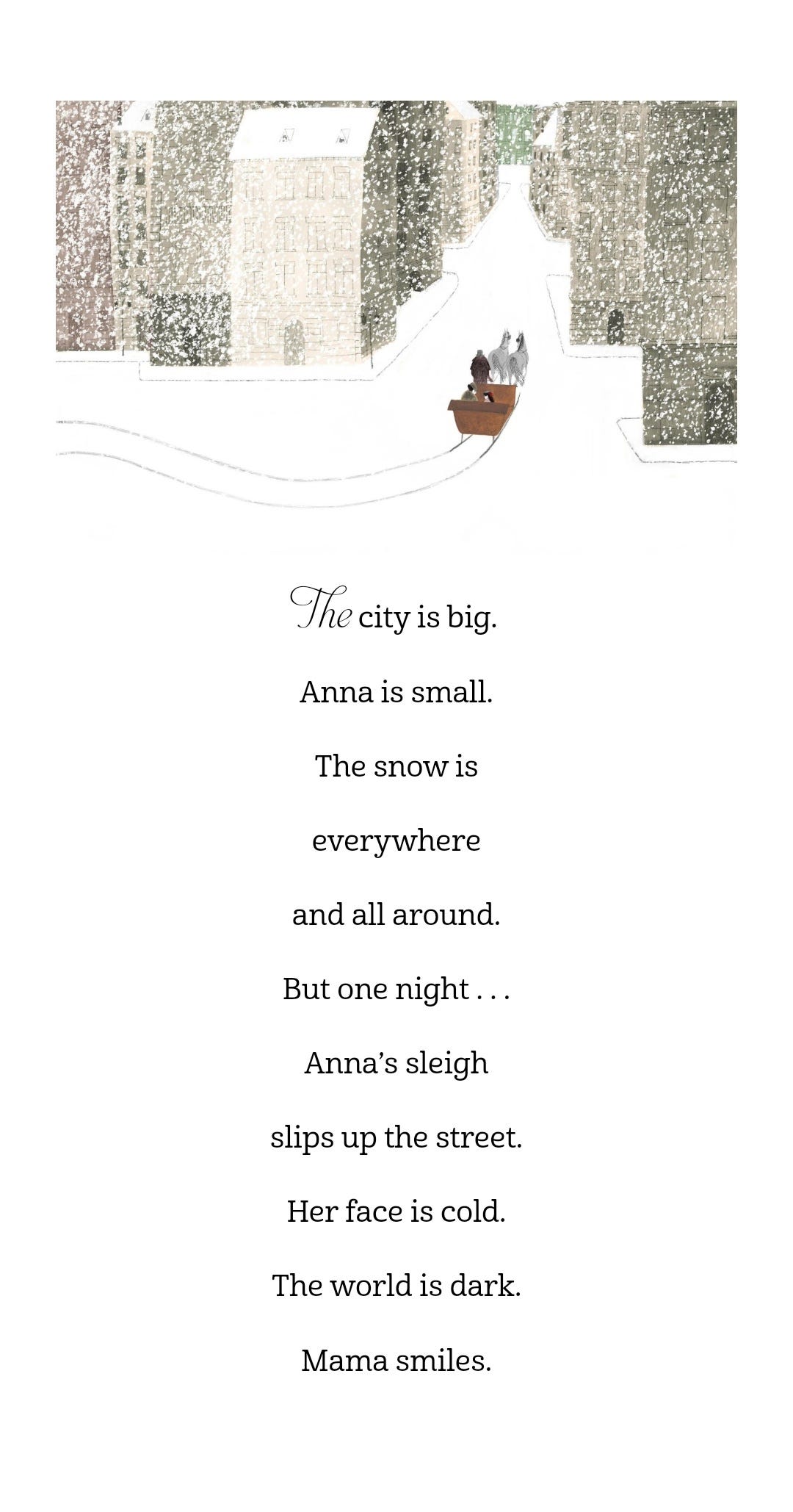
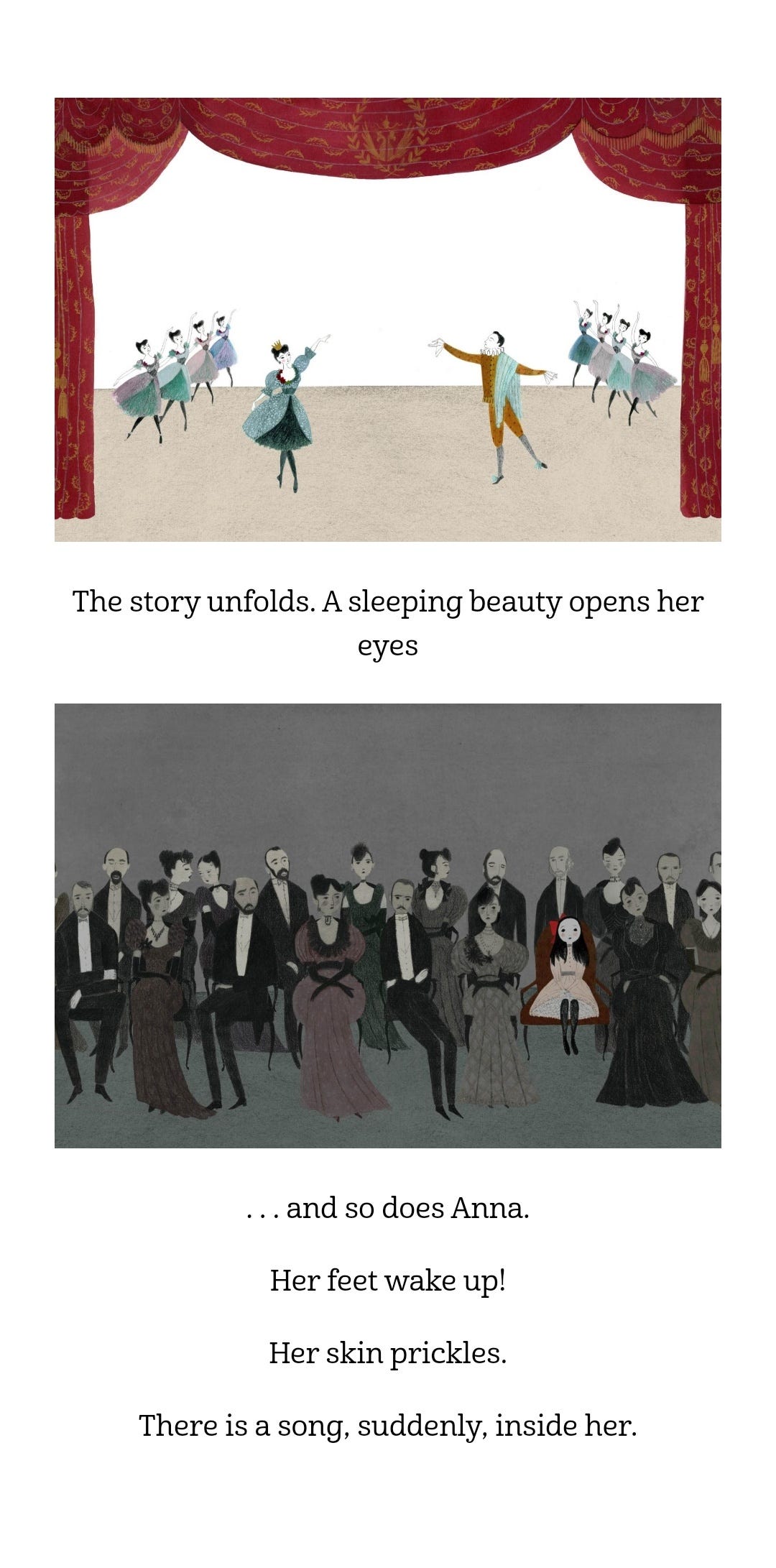
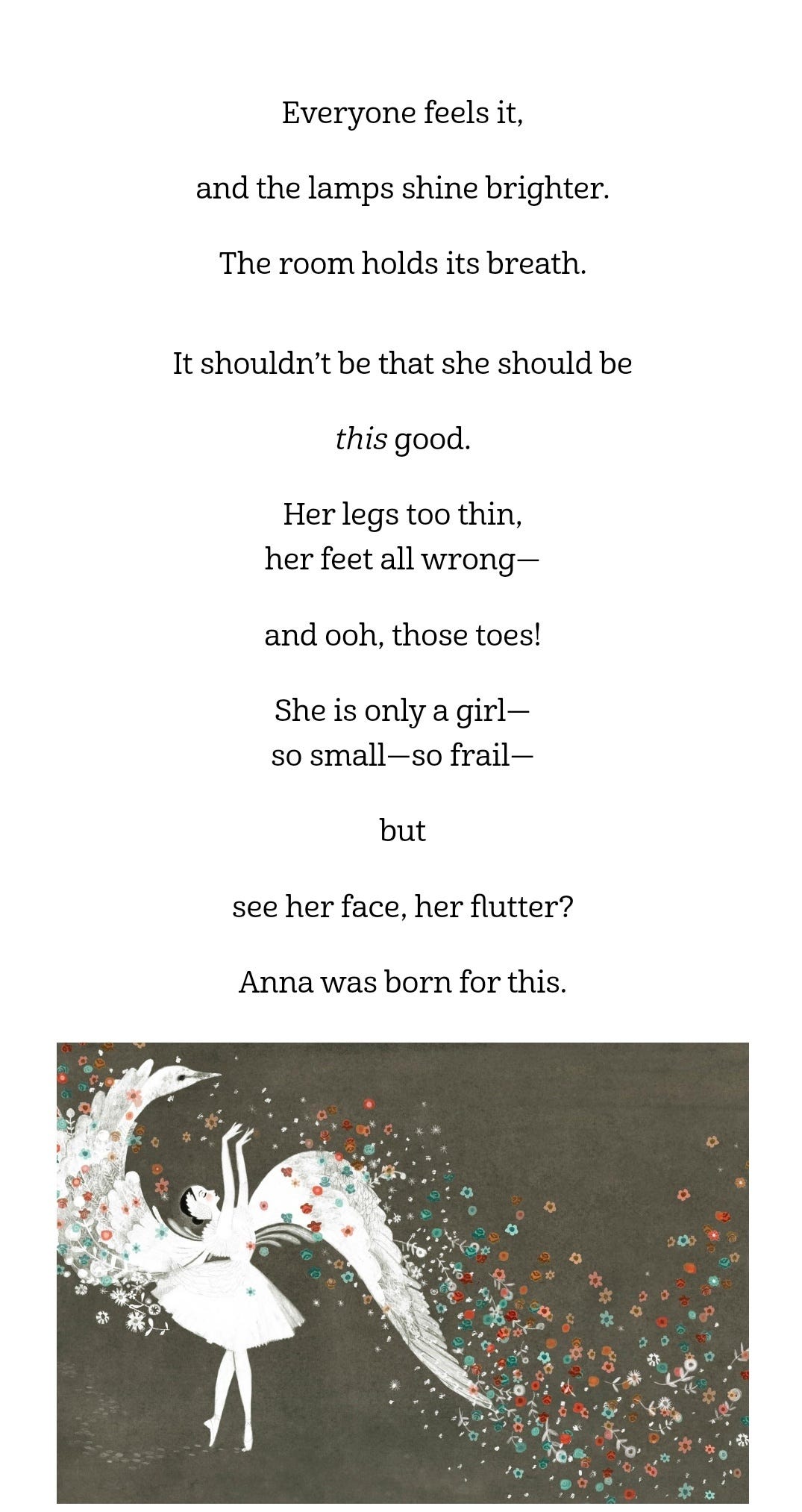
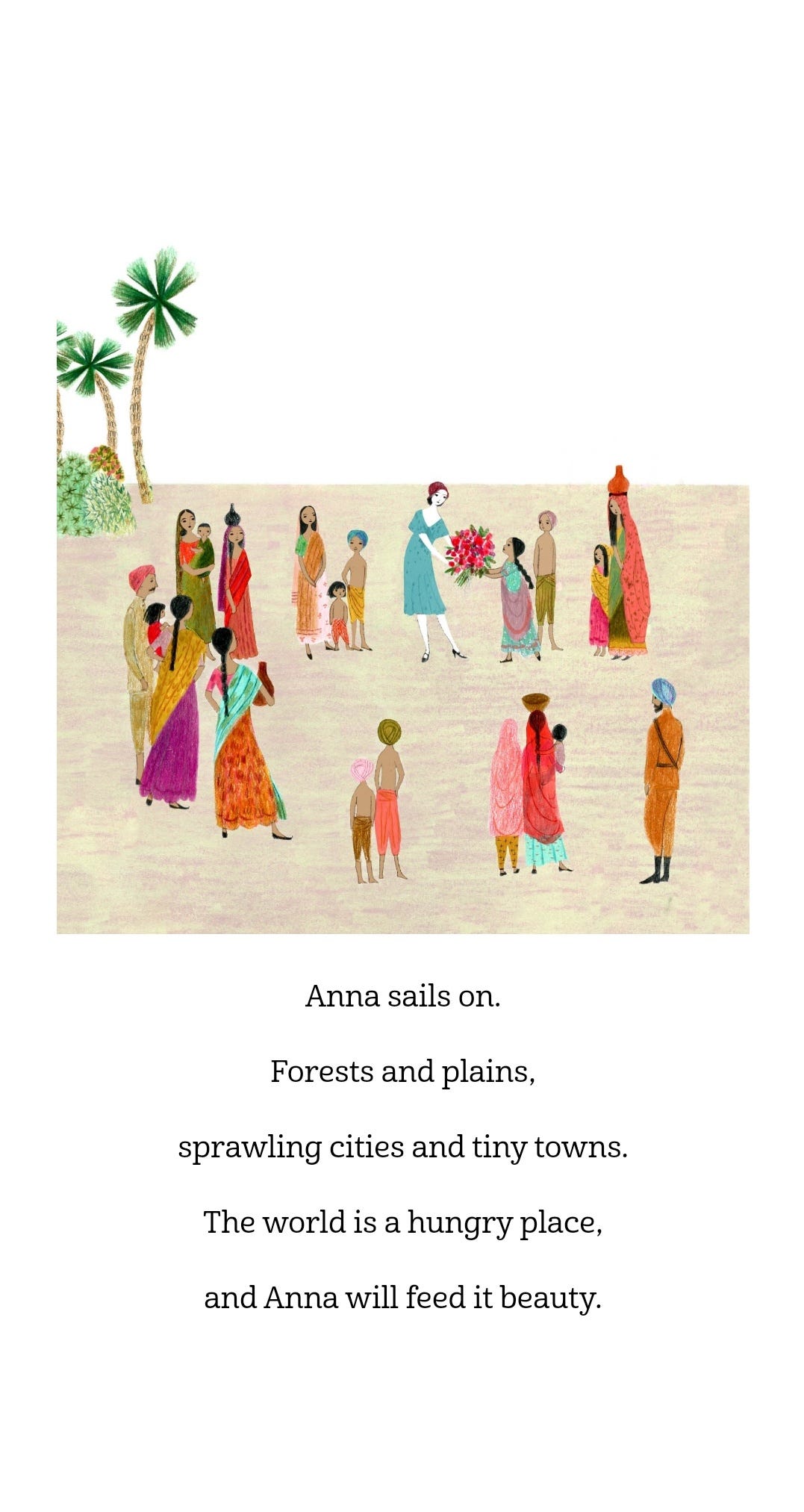
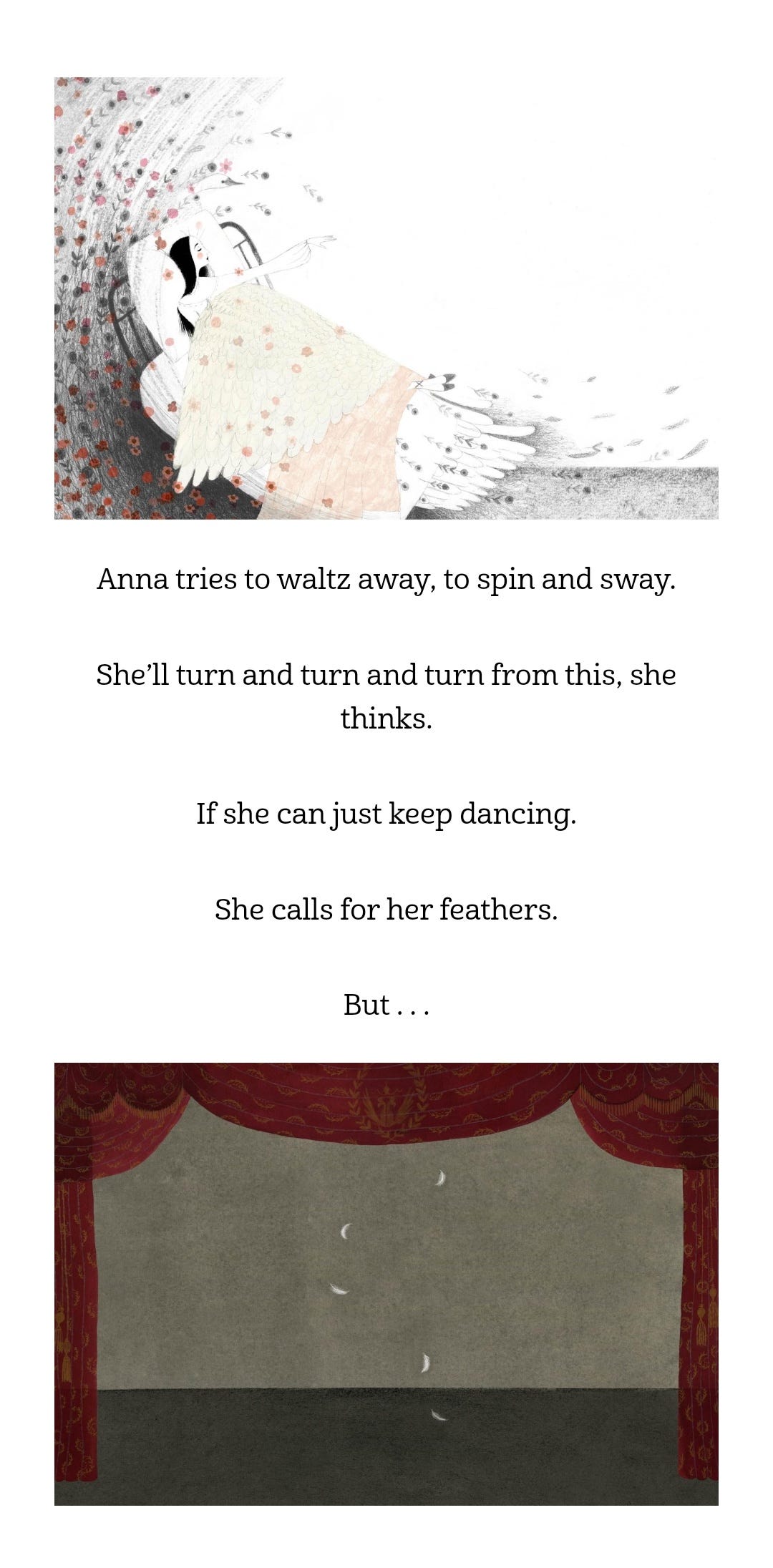
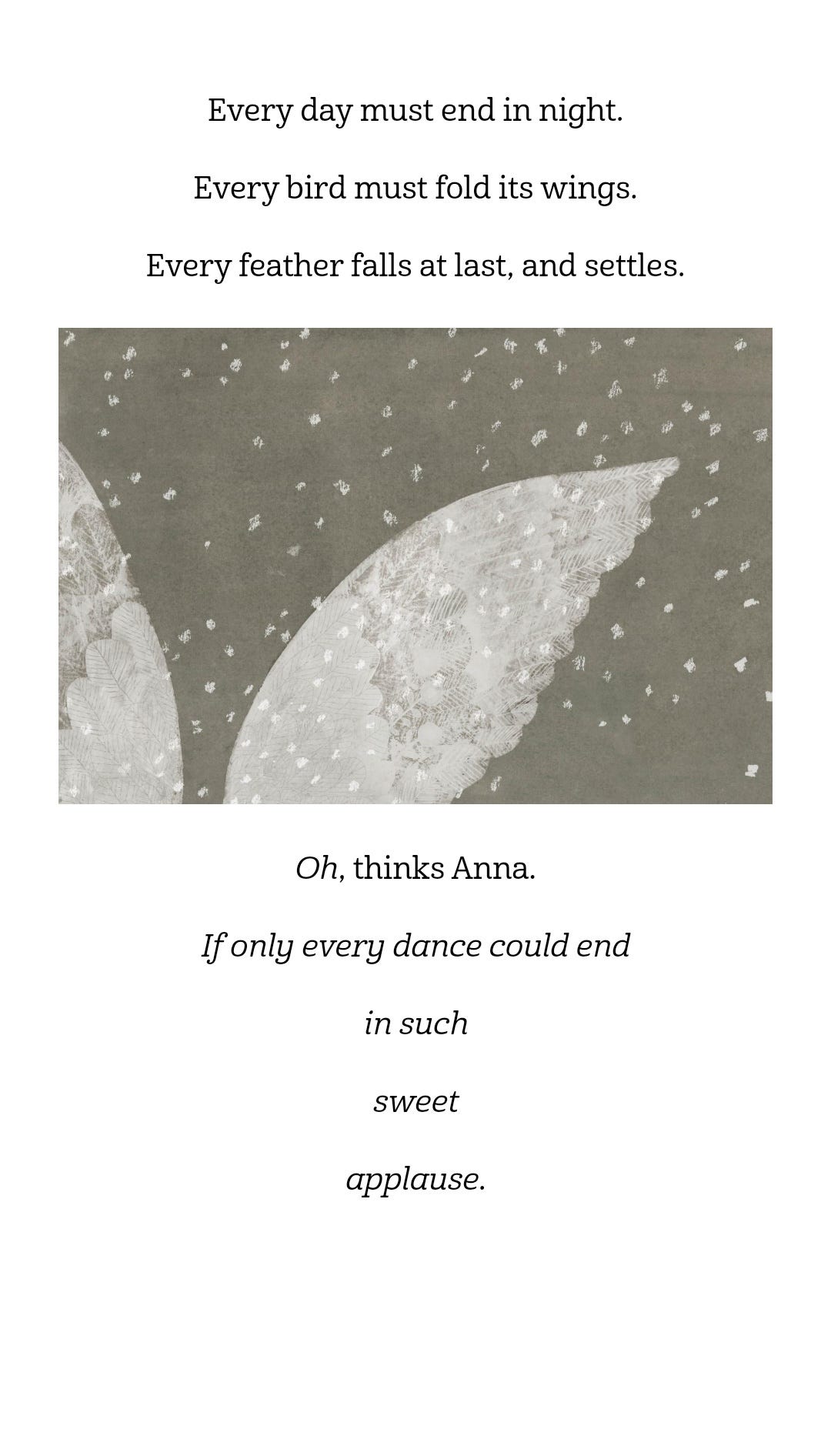
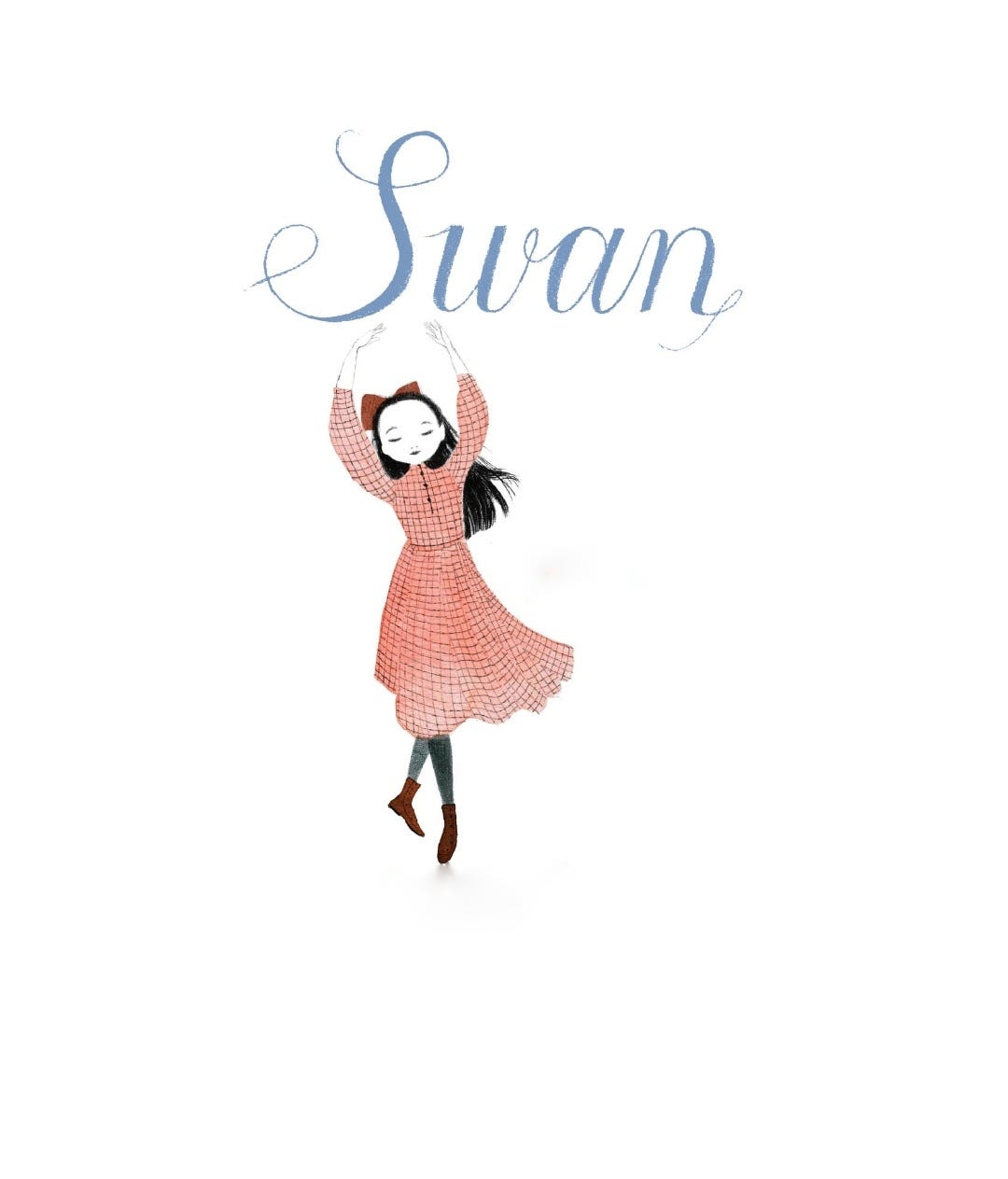


The Dying Swan